First YOG athlete to win medal at Rio Games and other interesting facts
Sign up now: Get the biggest sports news in your inbox
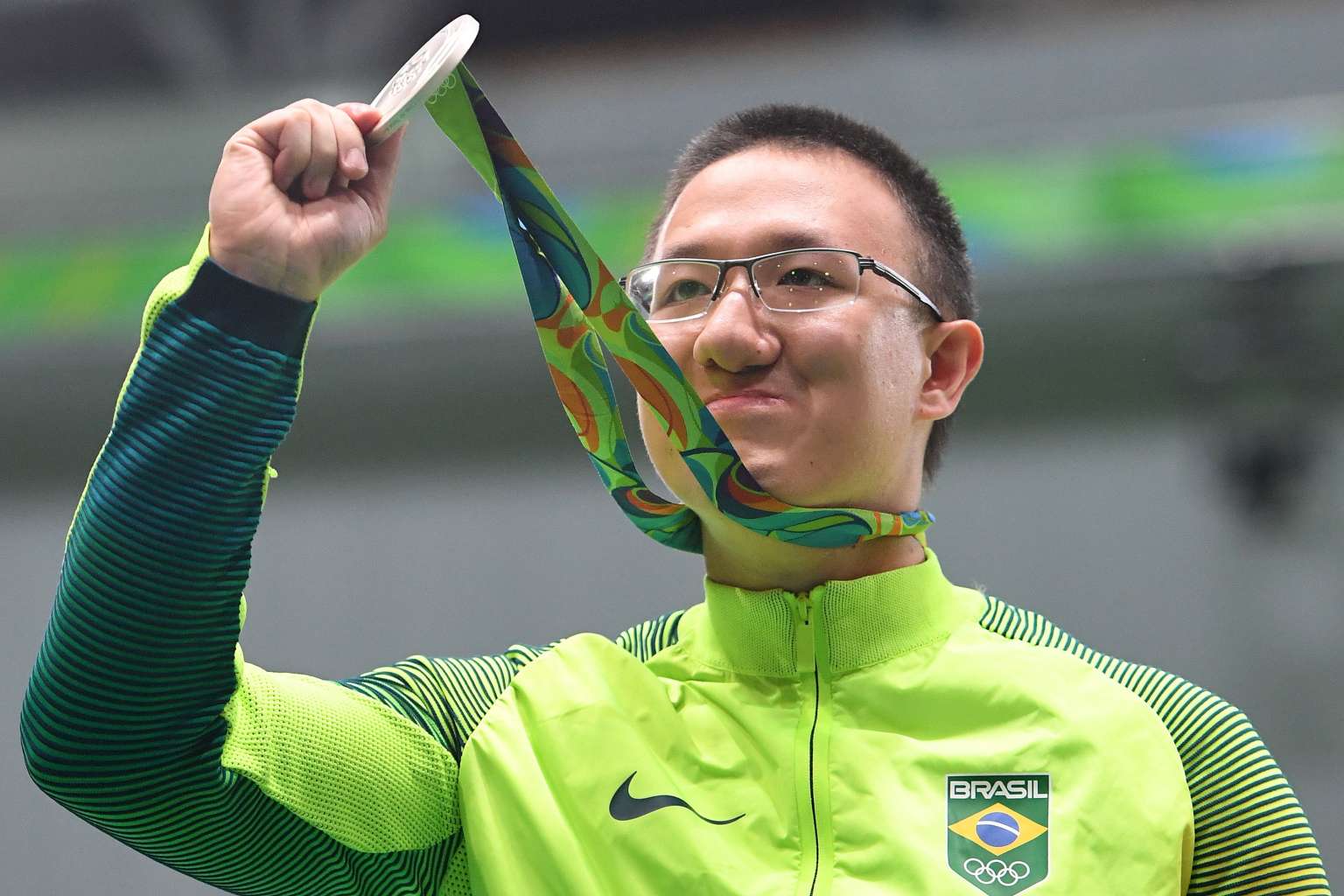
Brazil's Felipe Almeida Wu poses on the podium at the medal ceremony for the men's 10m air pistol shooting event at the Olympic Shooting Centre, on Aug 6, 2016.
PHOTO: AFP
Follow topic:
RIO DE JANEIRO - With the Rio Olympics in full swing, what makes this Games different from previous editions? The Straits Times pulls out interesting facts about the Games so far.
1. 1st YOG athlete to win a medal at Rio Games on its first day of competition
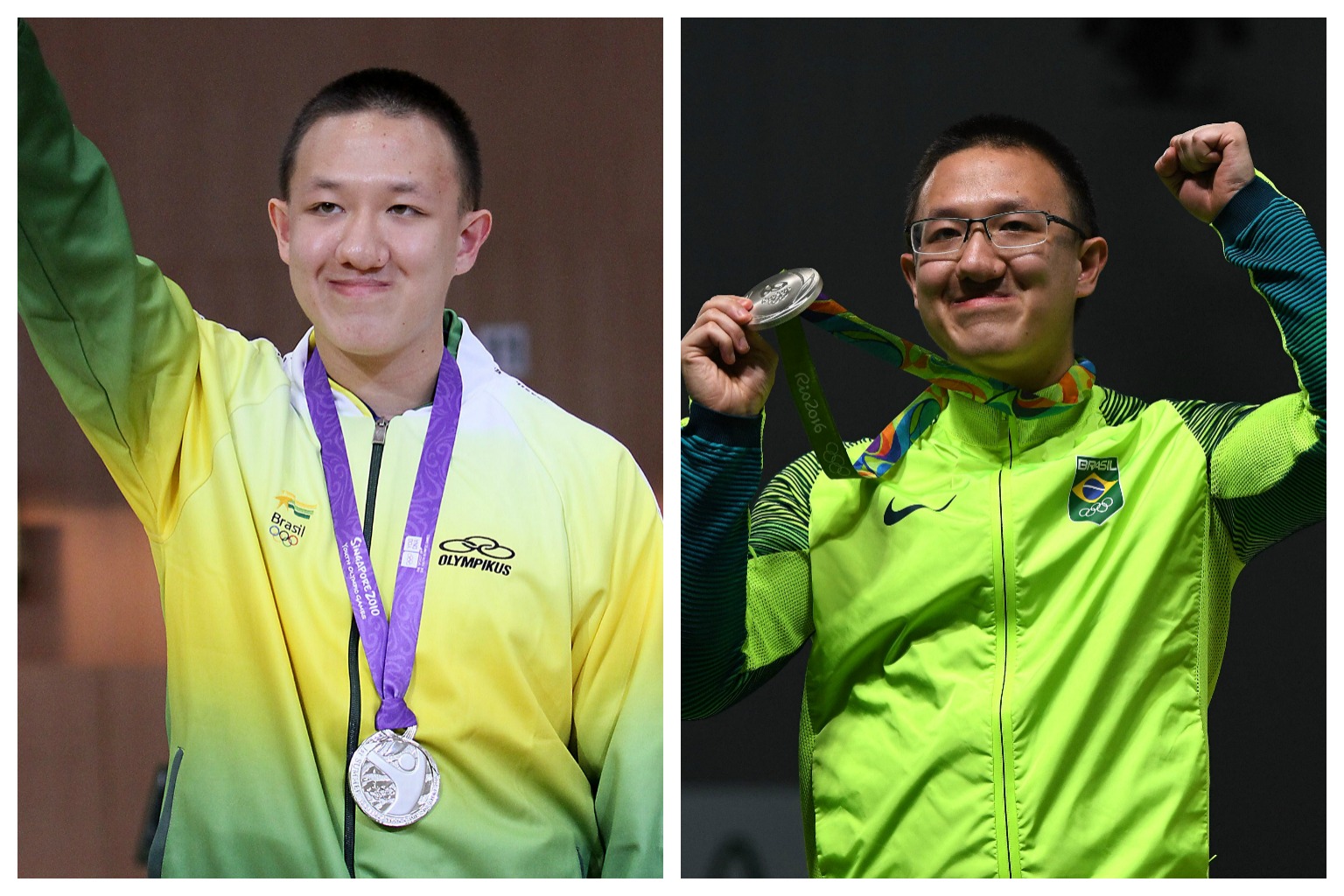
Shooter Felipe Almeida Wu represented Brazil in 2010 in Singapore at the first-ever Youth Olympic Games (YOG). He made an instant impact, winning silver behind Ukraine's Denys Kushnirov in the 10m air pistol, the exact same result he would record in Rio six years later.
Going into the last round of the men's 10m air pistol final at Rio 2016 over the weekend, Wu was in first place, but a brilliant final shot from Hoang Xuan Vinh saw the Vietnamese athlete leapfrog the Brazilian to win his country's first-ever Olympic gold medal, by 0.4 points.
Wu is also the first Brazilian to win a shooting medal since the Olympic Games at Antwerp in 1920. His first Olympic Games could get even better on Aug 10 when he has the chance to win another medal in the men's 50m pistol.
2. First-ever refugee team
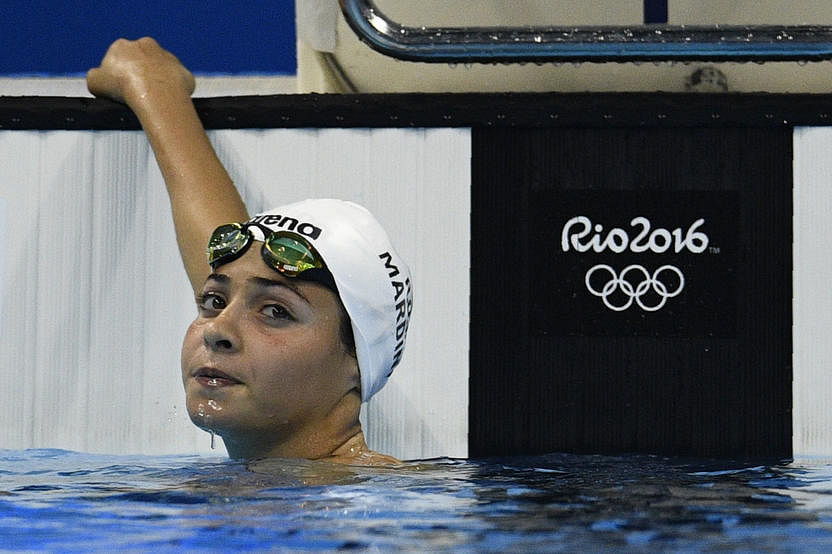
The 10-athlete team represents some 65 million forcibly displaced people from around the world. The team was chosen by the International Olympic Committee (IOC) and includes athletes hailing from countries like Syria, Ethiopia and Democratic Republic of Congo.
One athlete is Syrian refugee Yusra Mardini. In her 100m butterfly heat over the weekend, she clocked 1min 9.21sec to win her heat of five swimmers but finished 41st overall. Only the top 16 swimmers qualified for the semi-finals.
She was one of the only three or four passengers who knew how to swim when the boat she, her sister and 18 other refugees were in, had stopped due to motor failure.
Mardini, along with her sister, jumped into the frigid waters, and swam for hours to drag the boat to safety.
They had made the treacherous sea crossing from Turkey to Greece and she arrived in Berlin with her sister last year.
She swam part of that crossing over to the island of Lesbos, helping other refugees who were in the water and were unable to swim.
"It was quite hard to think that you are a swimmer and you might end up dying in the water," she said later.
3. Youngest athlete at Rio Games
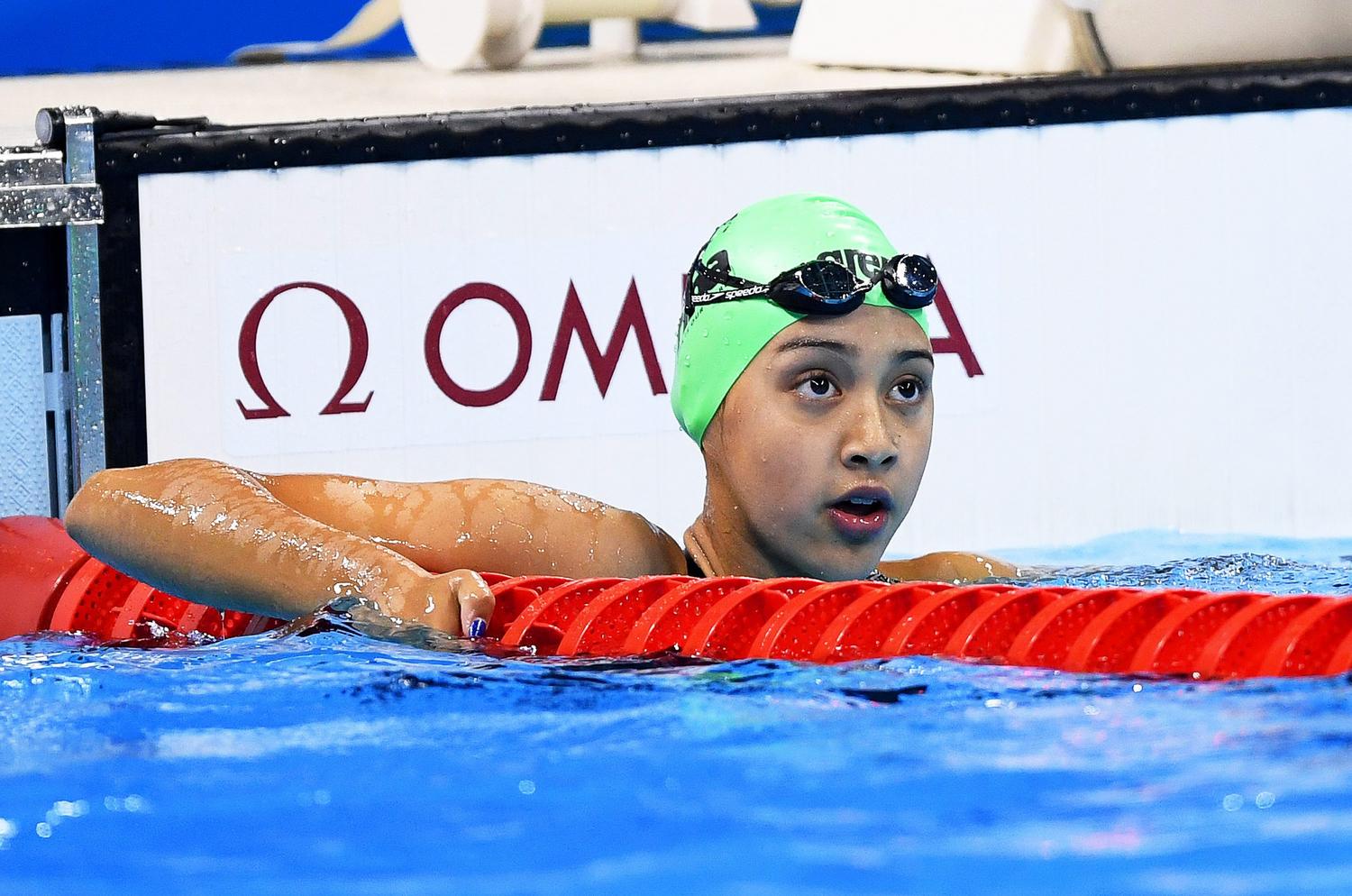
Thirteen-year-old Gaurika Singh, the youngest athlete at the Rio Olympics, is from Nepal. She won her heat in the women's 100 metres backstroke on Sunday (Aug 7) with a time of 1 min 8.45 seconds.
Besides her strength and determination that has brought her to the Olympics, Gaurika also survived a major earthquake that killed nearly 9,000 people in Nepal in April 2015.
She was there competing at the Nepalese national swimming championships when the earthquake hit and she took shelter under a table in an office building.
"It was scary," she recalled. "I just felt so grateful that I was one to survive through that terrible earthquake. Just to be here and try to do my country proud is amazing."
She also nearly could not compete in her Olympics heat due to a wardrobe crisis.
"I ripped my suit," she said. "I was trying to pull it up and my nail went right through it. It made me quite nervous."
Gaurika hurriedly whipped out her smartphone to ask coach Rhys Gormley for advice before changing her suit.
4. Stroke survivor's remarkable debut at 54

Brazilian trap shooter Janice Teixeira has been confounding medics with a remarkable recovery from a stroke to participate in the Rio Games at the age of 54.
She suffered the scare at the 2008 Beijing Games while working as a TV commentator.
"I was taken to the hospital with the entire left side of my body paralysed. I couldn't speak, couldn't pronounce a word," she said.
But 40 minutes later, the Brazilian showed no symptoms, in a case that baffled doctors.
Teixeira hopes that her healthy lifestyle of mostly fruits and vegetables will allow her to continue pursuing her sporting ambitions.
5. Smallest and largest contingents
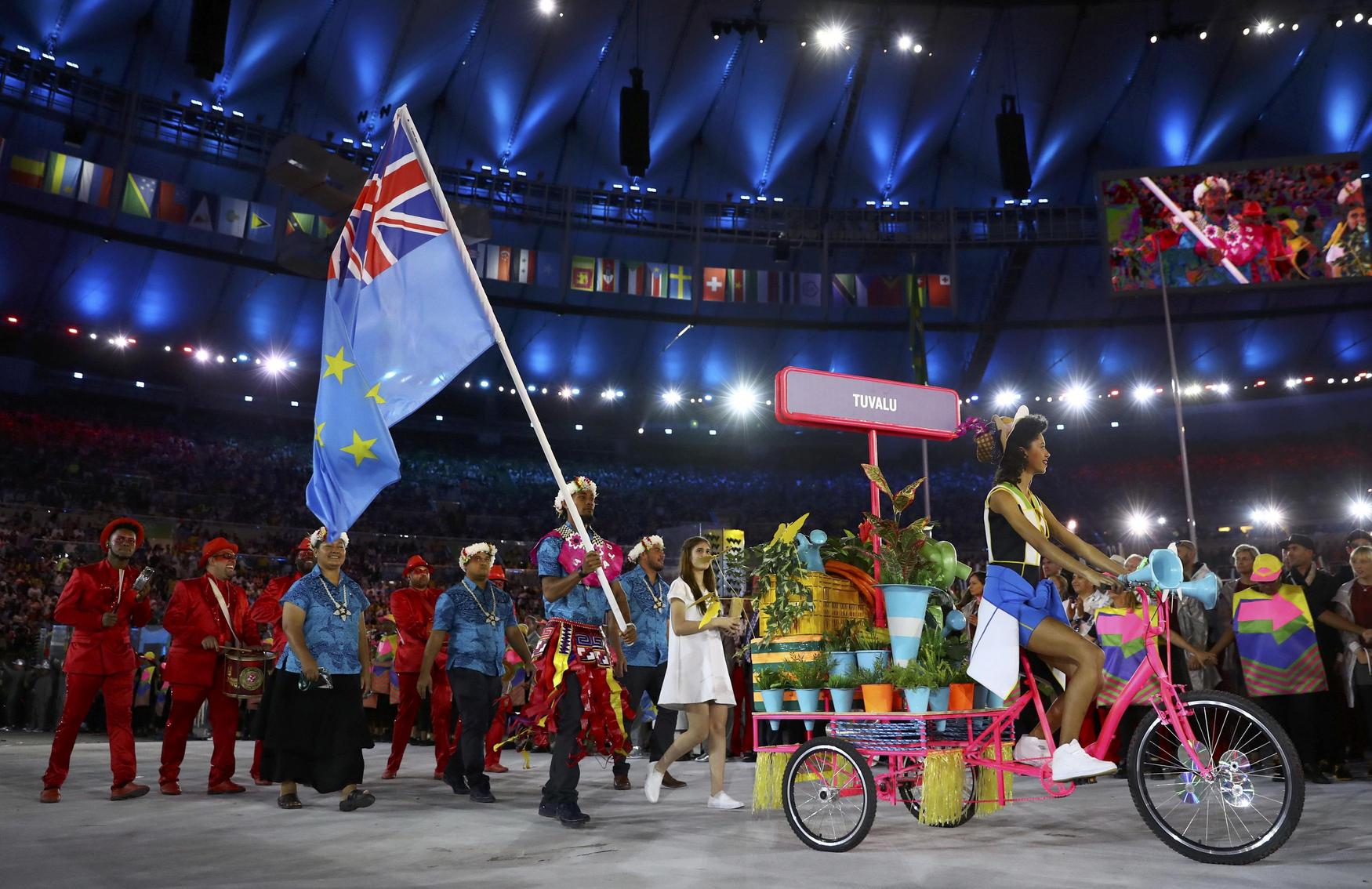
The smallest possible contingent that can ever be represented - by just one athlete.
Etimoni Timuani, 24, will be the only one representing his country Tuvalu, with a population of 10,600.
A professional footballer, he will be competing in athletics instead, in the men's 100m sprint.
On the other hand, the largest contingent belongs to USA, with 554 athletes.

